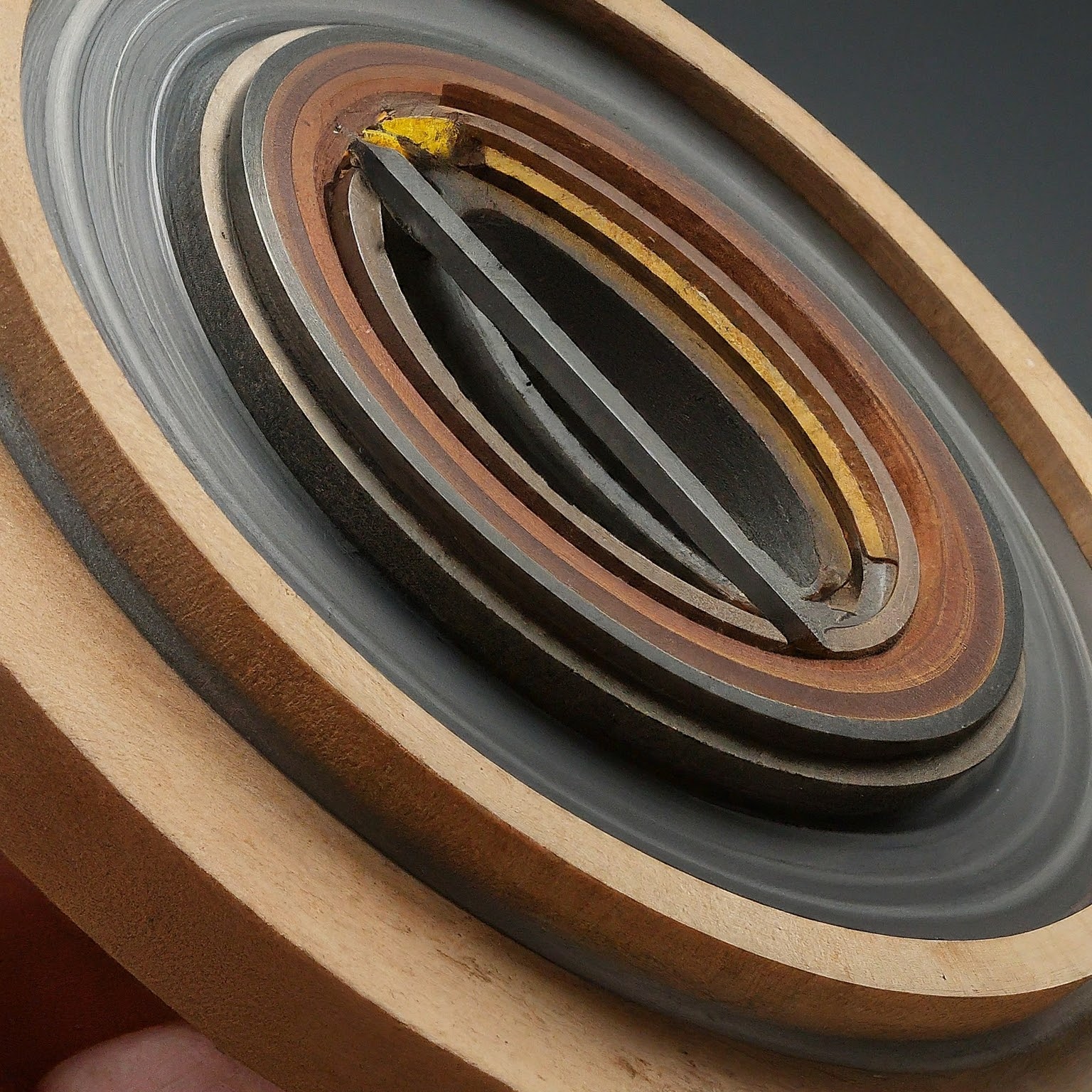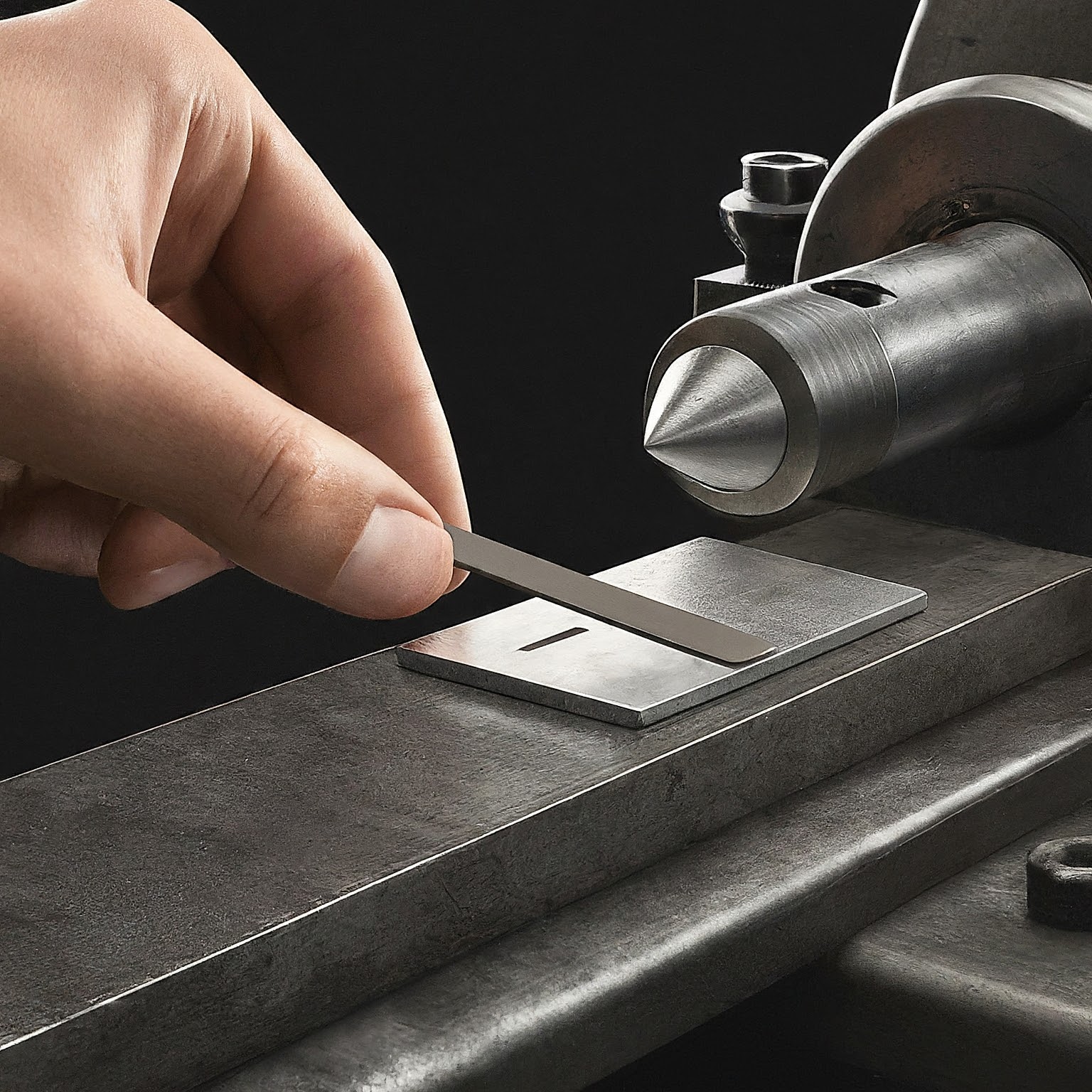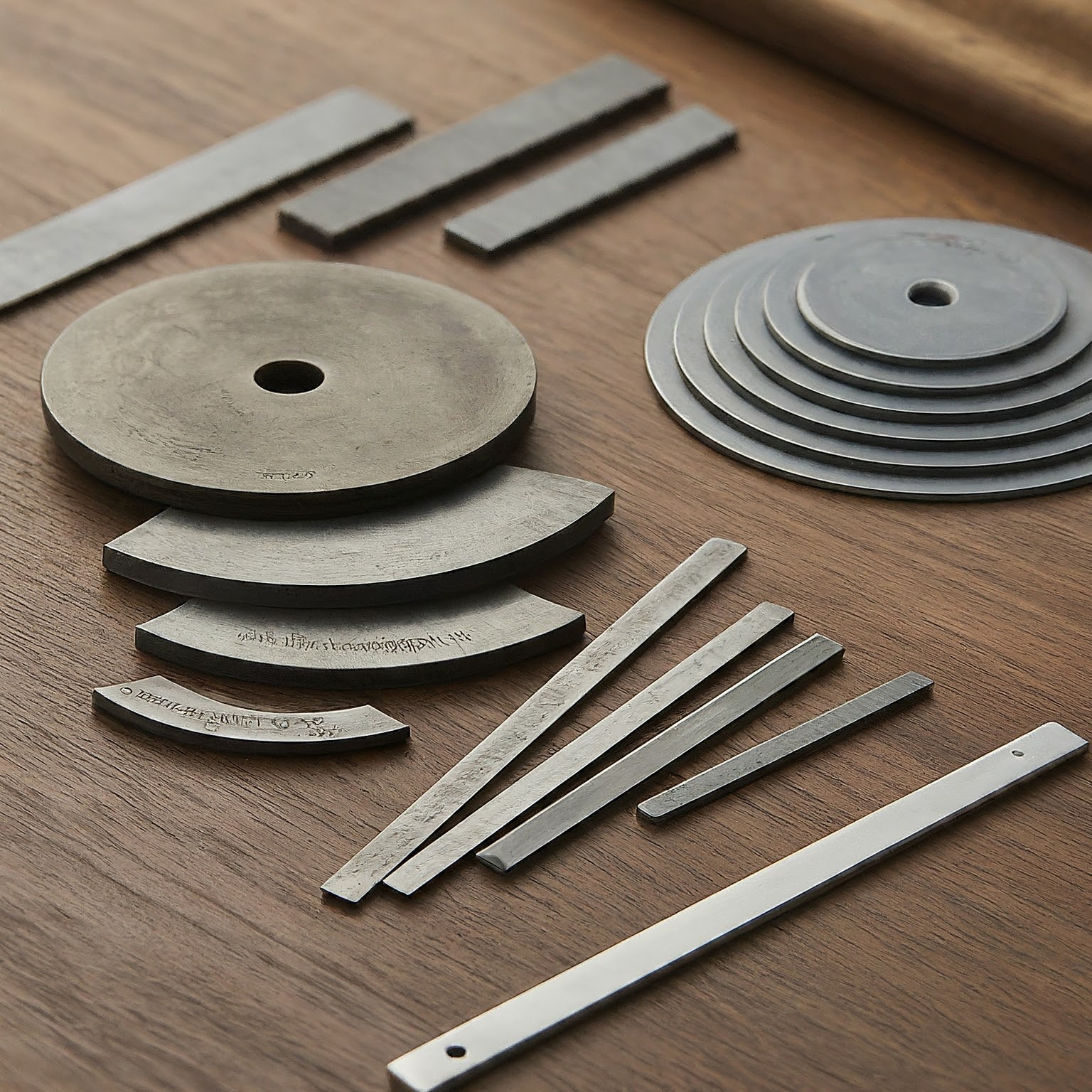What is a Shim Plate? Purpose, Uses, and Benefits | Ultimate Guide

If you've ever worked on a construction project or machinery, you've likely come across the term "shim plate or shim sheets." But what exactly is a shim plate? Whether you're a seasoned professional or just starting out, understanding the purpose, uses, and benefits of shim plates is crucial for ensuring precision and stability in your projects. In this ultimate guide, I’ll break down everything you need to know about shim plates and how they can make a difference in your work.
Table of Contents:
- What is a Shim Plate?
- Purpose of Shim Plates
- Common Uses of Shim Plates
- Benefits of Using Shim Plates
- Types of Shim Plates
- Choosing the Right Shim Plate
- Conclusion
What is a Shim Plate?
A shim plate is a thin, flat piece of material, usually metal, used to fill small gaps or spaces between objects. These plates are designed to provide a precise fit and are often used in situations where alignment, leveling, or spacing is essential. shim sheets can be made from various materials, including stainless steel shims, aluminum, brass shims, and even plastic, depending on the application and environment.
Key Characteristics of Shim Plates:
- Thickness: Available in various thicknesses, ranging from fractions of a millimeter to several millimeters.
- Material: Typically made from durable materials like stainless steel or brass, offering strength and corrosion resistance.
- Precision: Engineered for exact measurements to ensure a perfect fit.
Purpose of Shim Plates
The primary purpose of a shim plate (shim sheets) is to provide a precise fit between two components. You might be wondering, why is this so important? Well, even the smallest misalignment can lead to significant issues, such as equipment malfunction, increased wear and tear, or even structural instability. Shim plates help eliminate these problems by filling gaps and ensuring everything fits together as intended.
Main Purposes of Shim Plates:
- Alignment: Ensures components are perfectly aligned, reducing stress and wear.
- Leveling: Used to level machinery or structures, preventing tilting or uneven loads.
- Spacing: Maintains a specific distance between components, crucial in applications where precision is key.

Common Uses of Shim Plates
Shim plates are incredibly versatile and are used across a wide range of industries. Here are some common applications where you might use a shim plate:
- Machinery Installation:
- When installing heavy machinery, precise alignment is crucial. Shim plates are used to level and align the equipment, ensuring it operates smoothly and efficiently. Often, precision sheet metal components like ss shim sheets are critical in these installations.
- Construction:
- In construction, shim plates are often used to level beams, columns, and other structural components. They help ensure that the structure is stable and safe. For instance, components like metal bracket manufacturers provide essential pieces that work alongside shim plates like brass shims, stainless steel sheet, and many more for structural integrity.
- Automotive Industry:
- Shim plates are used in the assembly of vehicles, particularly in aligning and spacing components such as engines, suspensions, and body panels. Stainless steel u bolt manufacturers and u clamp manufacturers also provide components that rely on precise fitting, often assisted by shim sheets.
- Aerospace:
- In aerospace applications, precision is everything. Shim plates are used to achieve the exact tolerances required for critical components, ensuring safety and reliability. Often, bimetallic washers and precision sheet metal components manufacturers play a key role in providing materials used in these high-precision environments.
- HVAC Systems:
- Shim plates are used to level and align heating, ventilation, and air conditioning units, ensuring efficient operation and reducing wear on the system. In this field, components such as stainless steel washers and ss plain washers may also be used alongside shim plates for optimal functionality.

Benefits of Using Shim Plates
Using shim plates offers several benefits that can make a big difference in the success of your project. Here’s why you should consider using them:
- Improved Precision:
- Shim plates allow for exact alignment and leveling, which is crucial for the proper functioning of machinery and structures. This precision is often complemented by the use of shim sheet metal and precut shims, which ensure that the fitting is accurate.
- Reduced Wear and Tear:
- By ensuring components fit together perfectly, shim plates reduce the stress and friction that can lead to premature wear and tear. When used alongside components like ss washers and brass washers, the longevity of the system can be significantly improved.
- Enhanced Safety:
- Cost Savings:
- Preventing misalignment and uneven loads can save you money on repairs and maintenance in the long run. Investing in stainless steel shim manufacturers and railway shims manufacturers for your shim needs can offer durable solutions that reduce overall costs.
- Versatility:
- Available in various materials and thicknesses, shim plates can be used in a wide range of applications, making them a versatile tool in your toolkit. For instance, brass shim sheets and shim washer manufacturers offer different options to suit various industrial needs.
Types of Shim Plates
Shim plates come in different types, each designed for specific applications. Knowing the right type to use can make a significant difference in the effectiveness of your work.
- Solid Shim Plates:
- Description: Single-piece plates that offer a sturdy and reliable solution.
- Best For: Applications requiring high precision and stability, such as machinery installation.
- Laminated Shim Plates:
- Description: Composed of multiple layers that can be peeled off to achieve the desired thickness.
- Best For: Situations where on-site adjustments are needed, providing flexibility during installation.
- Slotted Shim Plates:
- Description: Feature slots that allow them to be easily inserted without disassembling components.
- Best For: Applications where accessibility is a concern, such as in HVAC systems or tight spaces.
- Tapered Shim Plates:
- Description:Have a varying thickness across the plate, providing a wedge effect.
- Best For:Applications requiring gradual lifting or leveling, such as in construction.
- Choose the Thickness:
- Based on your measurements and load requirements, select a shim thickness that will fill the gap perfectly.

Choosing the Right Shim Plate
Selecting the right shim plate is crucial for achieving the best results in your project. Here’s what you need to consider:
- Material:
- Choose a material that suits your application. For example, stainless steel shim plates offer excellent corrosion resistance, making them ideal for outdoor or marine environments, while brass shim sheets are lightweight and easy to work with.
- Thickness:
- Determine the exact thickness you need by measuring the gap or space that the shim will fill. Ensure the shim plate is thick enough to provide stability but not so thick that it forces components apart.
- Load-Bearing Capacity:
- Consider the weight and force that the shim plate will need to support. Thicker, more durable materials like those offered by stainless steel u bolt manufacturers are necessary for heavy loads.
- Environmental Conditions:
- Think about the environment where the shim plate will be used. If it’s exposed to moisture, chemicals, or extreme temperatures, choose a material that can withstand these conditions. Stainless steel washers and bimetallic washers are often chosen for their durability in harsh conditions.
- Application-Specific Requirements:
- Different industries have specific requirements for shim plates. For example, in aerospace, you might need a shim plate with high precision and tight tolerances, while in construction, durability and load-bearing capacity are more important.
Conclusion
Understanding what a shim plate is, its purpose, uses, and benefits can significantly enhance the quality and success of your projects. Whether you're aligning heavy machinery, leveling a structure, or ensuring the precision of aerospace components, shim plates are an indispensable tool. By choosing the right shim plate for your specific needs, you’ll ensure accuracy, safety, and long-lasting performance in your work.
Remember, the right shim plate can make all the difference between a project that runs smoothly and one that encounters frequent issues. So, take your time to select the appropriate type, material, and thickness, and enjoy the peace of mind that comes with a job well done.
About Sachin Shim
Our range of shims includes metal, machine, industrial, precision, adjustable, machinery, engineering, custom, and alignment shims. These shims are designed for various applications, such as machinery alignment, fine adjustments in industrial-grade machines, engineering projects requiring steel shims, heavy-duty machinery requiring versatile metal shims, aerospace applications demanding precision stainless steel shims, automotive use requiring adjustable aluminum shims, precision engineering projects using high-quality brass shims, construction applications requiring durable plastic shims, specialized machinery needing customized shim solutions, and manufacturing processes requiring fine-tuning shims for precise alignment and accurate machine setup and leveling.
Author
Meet Seema, our expert author in industrial materials with a deep understanding of shim . With years of experience, Seema brings valuable insights and expertise to this guide, making him a trusted source for all things related to brass shim sheets. Join us as we delve into the art of crafting brass shim sheets with Seema leading the way.
List Other similar blogs







